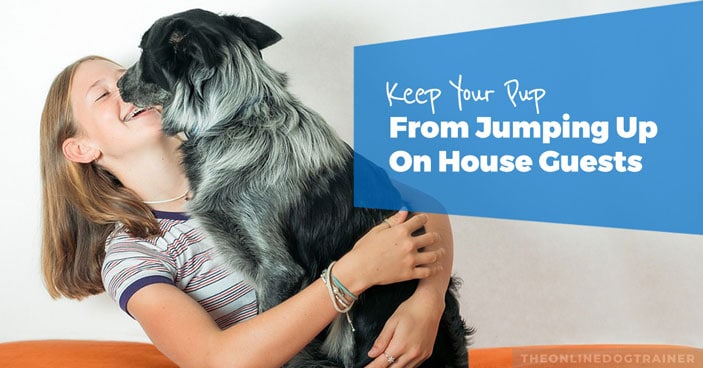
Your dog is calm and sleeps on the floor all day long. Then BAM! A guest walks through the door and your pup turns into the Tasmanian Devil.
His excitement has him running and jumping on top of your house guests—an unpleasant experience for your company, especially for those friends and family members who aren’t “dog people.”
What’s the deal?
Why does your dog turn into a totally different creature the second someone walks through the door?
And what can you do to rid your dog of this dangerous habit?
As we finish National Dog Training Education Month, I’m going to share some dog training tips that will help your pup overcome this unpleasant habit. Let’s dive right in…
Why Does My Dog Jump On People?
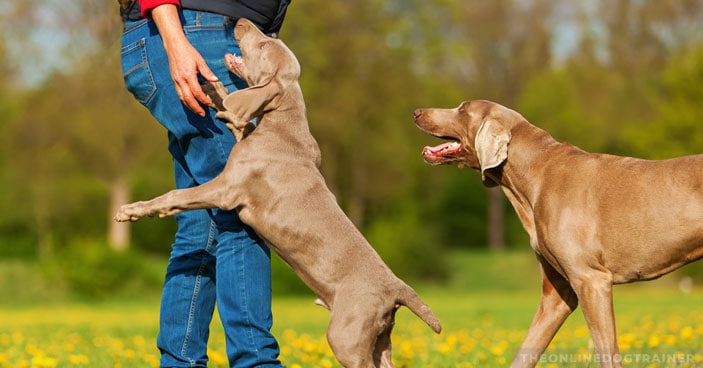
Before we get into the training, let’s take a minute to get inside your dog’s head and discover the “why” behind your pup jumping on people. There are 2 primary reasons this might occur…
First, your dog simply might be excited. After all, new people are exciting—especially if your pup loves people. Just think about all the new hands that have just appeared to pet and love on your dog.
Excitement is most likely the reason your pup jumps. However, there is a more instinctual factor that might be at play: protection.
Think about it…
Your home is your dog’s den. It can be scary or threatening to have a stranger walk in uninvited. You’d feel the same way if a random person off the street suddenly came through your door.
Your dog views you as family and will want to protect you within your home. Therefore, jumping on whoever walks through the door to assert dominance makes sense.
Your dog can’t speak English (or whatever your native language is.) So how do you let them know that people entering your home aren’t a threat? And how do you communicate that it’s not appropriate to jump on house guests?
The solution lies in kindly and gently establishing yourself as the leader in your home so your dog can relax and follow your lead. My Dog Calming Code™ program will teach you how to do just that. If you’re interested in putting in place this powerful program, I encourage you to check it out now.
Learn more about The Dog Calming Code.
In the meantime, I’m going to share a few techniques from my program that can help you help your pup relax right now. Here’s what I recommend…
Put Your Dog On a Lead Line
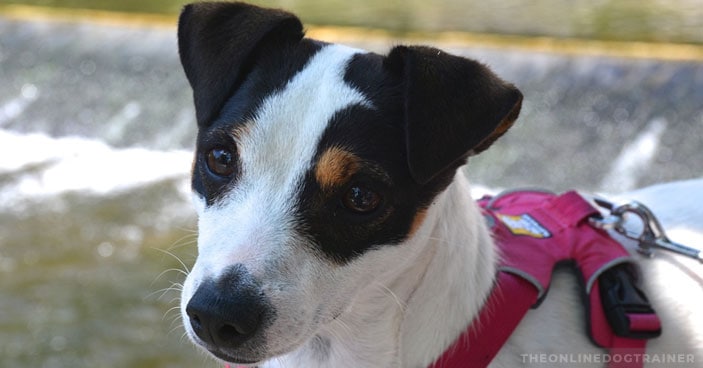
The first technique I recommend is using a lead line when guests first enter your home. A lead line is a great tool for ensuring both your dog and your house guests remain safe.
Simply put your dog on a lead line before your friend/family member arrives. When they come through the door, hold the lead line tight, not allowing your dog to jump up on your guest.
As your pup relaxes, let them approach your guest calmly. Repeat the process of letting your dog approach your friend/family member until they do so politely.
Once your dog relaxes, you can let them off the lead line. Over time, this approach will help your dog build better door-greeting habits.
Put In Place a Time-out System
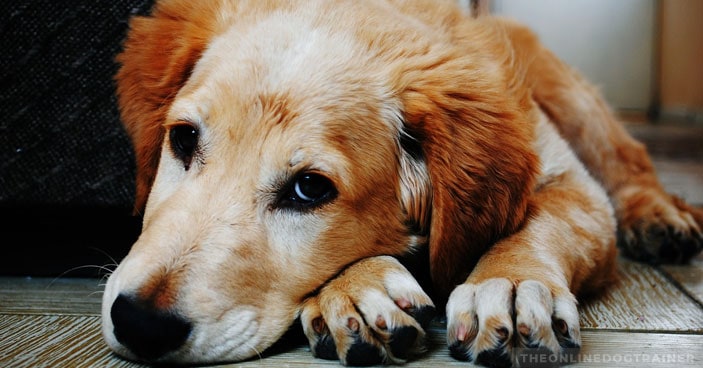
When you think of time-out, you probably think of a small child sitting in a chair after doing something naughty. Believe it or not, the time-out system works just as effectively for fur children!
If your dog goes crazy when someone walks through the door, gently grab your pup and lead them to a designated time-out space. This could be a crate, laundry room, bedroom, etc.
Let your dog settle for a few minutes and then let them out. The length of time-out can be anywhere from 2 to 10 minutes. Start with a shorter time-out, then work your way up if your pup is really struggling to settle.
If your pup continues to be rowdy and jump on guests, lead him back to time-out again. Repeat this process as many times as necessary.
Eventually your dog will learn that naughty behavior equals time in the designated time-out space, and you should see a shift in their behavior.
Create a Sit-and-Wait Spot
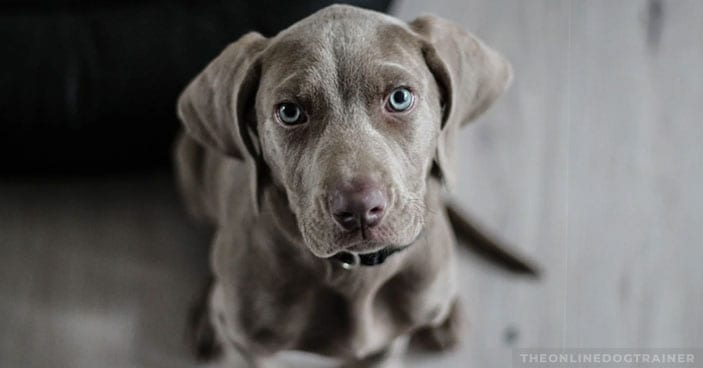
Most dogs live to please their owners. However, with no direction, they don’t know how to follow your rules and make you happy.
One thing you can try is creating a sit-and-wait spot for when guests arrive.
When someone knocks on your door, pick a designated spot for your dog to sit, and command your pup to go there. Then give your dog the command to wait until you’re ready for your pup to greet your guest.
Be sure to reward your dog when they wait in the designated waiting spot. A food reward is fine when you first start training your dog to do this.
When your guest is inside and comfortable and your dog is calm and paying attention to go, give them a “free” command to let them out of the waiting spot, so they can greet your guest.
If your pup gets too rowdy, send them back to the waiting spot and start the process over again.
Use a Training Gate
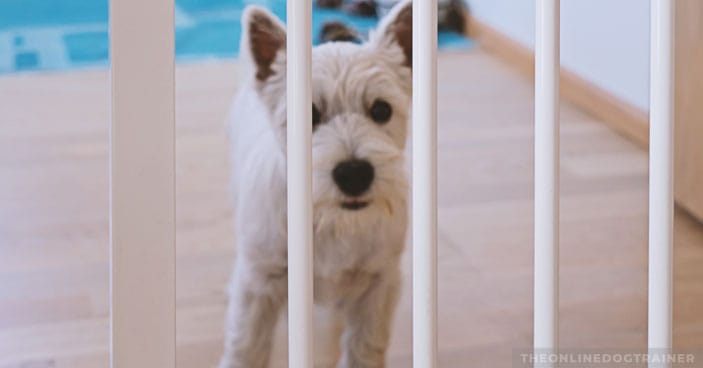
Using a gate isn’t so much of a training technique as it is a training aid…but it can be incredibly helpful!
If your pup isn’t ready to be left unattended when guests arrive, put up a gate. This will allow your pup to see who is entering your house at a distance. More importantly, it keeps your dog off of your house guests while they settle in a space where they can’t jump on anyone.
Over time, your pup will get more accustomed to people coming in and out of the house. Of course, with proper training (implemented from a training program like The Dog Calming Code) a gate will eventually become unnecessary.
Bonus: While using a gate, you can implement the sit-and-wait technique without having to worry about your guests being trampled.
Use Gentle Deterrents
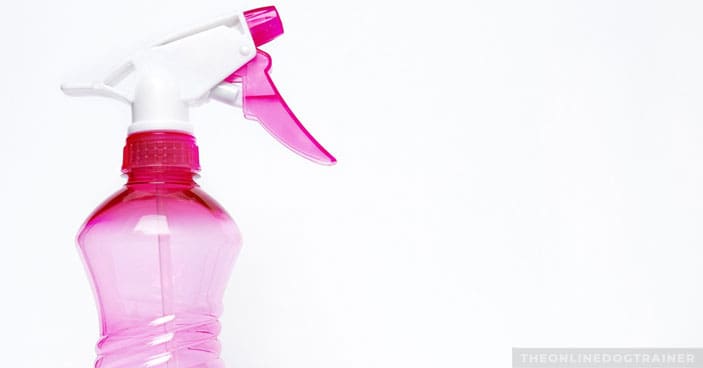
Finally, I recommend the use of gentle deterrents while you’re in the process of training.
A simple “Arghh” or “Get Down” in a firm tone can help remind your pup it’s not polite to jump on people. If a voice command isn’t enough, an aid such as shaking a can full of pennies or using a spray bottle with water to counteract the naughty behavior can be very effective.
Whatever you choose to use should capture your pup’s attention in a kind and gentle manner. Your dog should NEVER experience discomfort or pain as a consequence for naughty behavior.
If you want a more in-depth look at what you need to do to calm your dog, so he doesn’t exhibit inappropriate behaviors such as jumping, I recommend you check out my wildly popular program, The Dog Calming Code™.
In this program you’ll learn everything you need to know to eliminate many destructive behaviors–from jumping and chewing to biting and leash pulling, and everything in between!
Best of luck with your pup!

~Doggy Dan 🙂




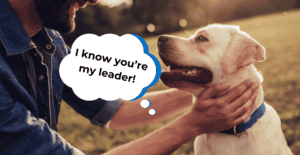
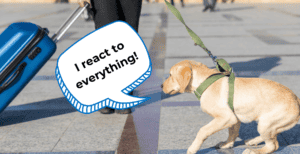
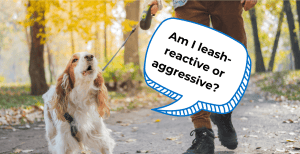
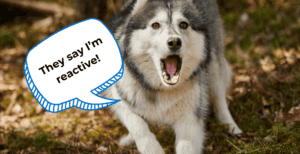
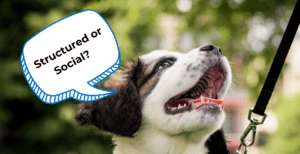
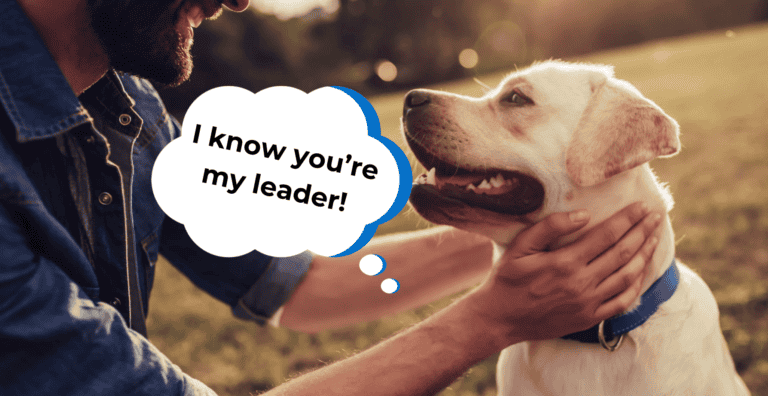
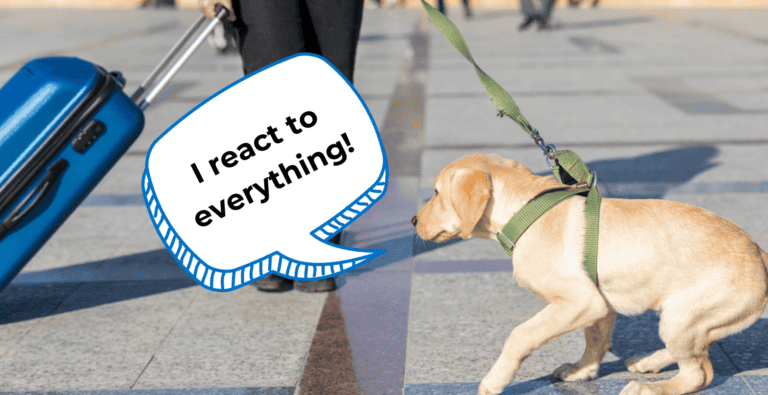
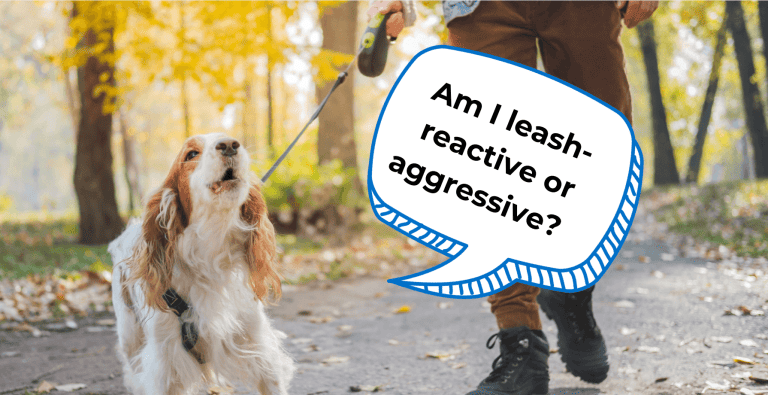

2 Responses
Hi.,
We have an American pit bull, Libby who is now 6 years old and 62 lbs. We used your training programs from her early days and the results have been really wonderful. The only failure has been that she continues to get overexcited when guests arrive leading her to lunge at them, jump on them and otherwise annoy them. I’ve tried many of the calming techniques you’ve suggested but she just gets so excited that we can’t communicate. She doesn’t respond to food treats, will stay calm on a lead but as soon as she’s taken off she’s begging for attention, jumping on quests laps etc. .
What can we do?
Thanks, gayle
I’d suggest you sign up for The Complete Pack. You can find it on my website http://www.theonlinedogtrainer.com